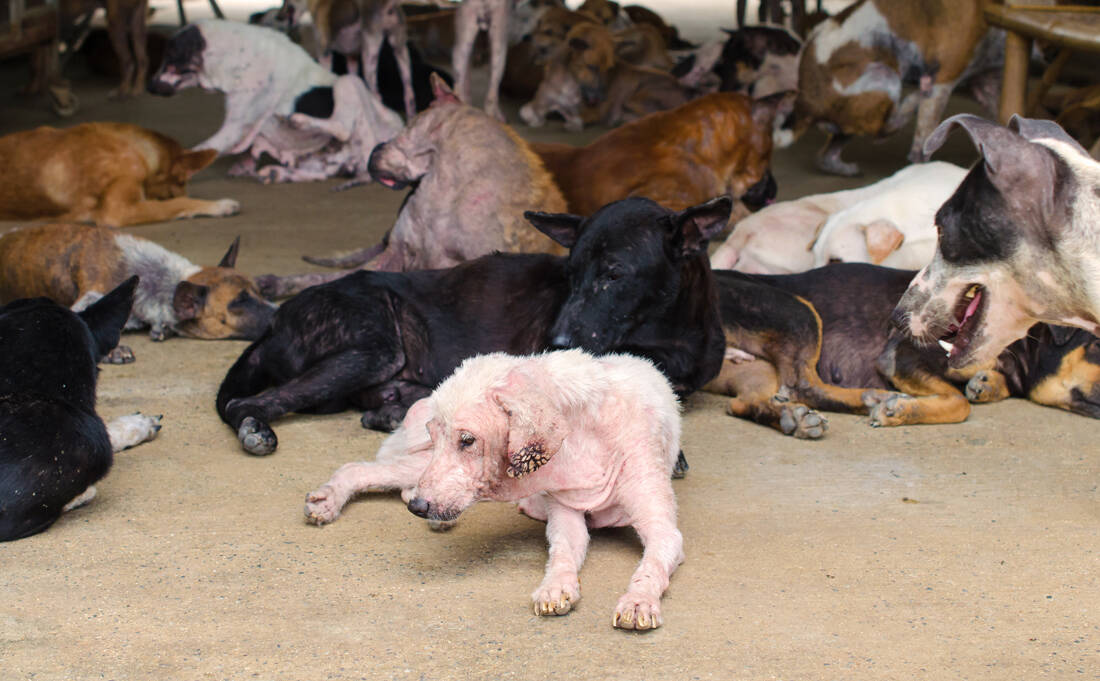Sadness, horror but also many questions cause animal abuse. This "phenomenon" is one of the serious issues of concern to the international scientific community. What kind of people are the ones who mistreat animals? What do they think and why do they do these things? These questions have often mobilized experts who are constantly conducting research with the main theme of outlining the psychological profile of the perpetrators.
"Animal abuse can take many forms and expressions," Angeliki Kardara, PhD in Communication and Mass Media at the University of Athens and a regular fellow at the Crime Research Center, told newsbeast.gr.
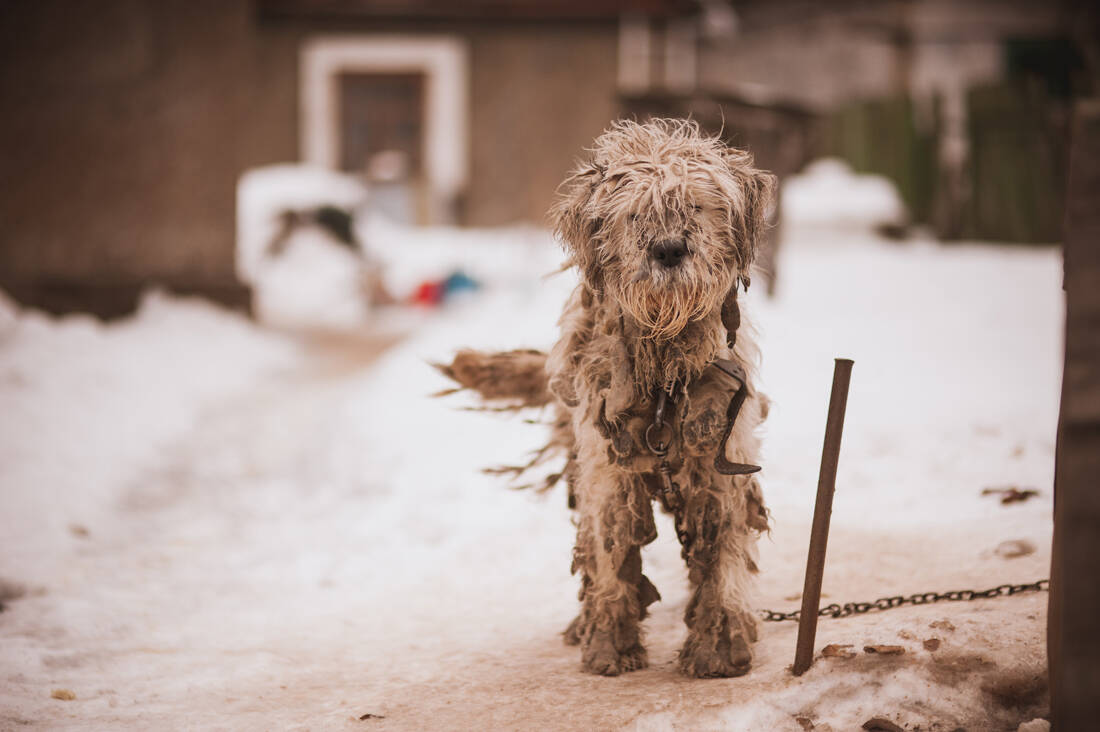
But what exactly does "abuse" mean and what can it mean? As Ms. Kardara explains, "Animal abuse can take many forms. "Animal abuse" is defined as their use to cause pain, humiliation, torture and even painful killing, the neglect of animals, especially the pets we have at home in various ways such as malnutrition (that is, not covering their basic needs), their breeding in poor conditions in order to be brutally slaughtered, but also their abuse through bestiality for example ".
"In the past we had a very big issue with Mrs. Olga Tzouramani, criminologist, psychologist, psychotherapist and PhD candidate in criminology at the University of Nicosia, elements of which are included in my new book under publication. In its special thematic sections, I also focus on the profile of juvenile offenders ", he points out.
The profile of a person who tortures animals may match the psycho-criminal profile of a person who abuses his wife or children.
"What the international scientific community is finding is a close link between animal abuse and human abuse, as well as domestic violence"Points out the doctor of the Department of Communication and Mass Media of the University of Athens and a regular researcher at the Center for the Study of Crime.
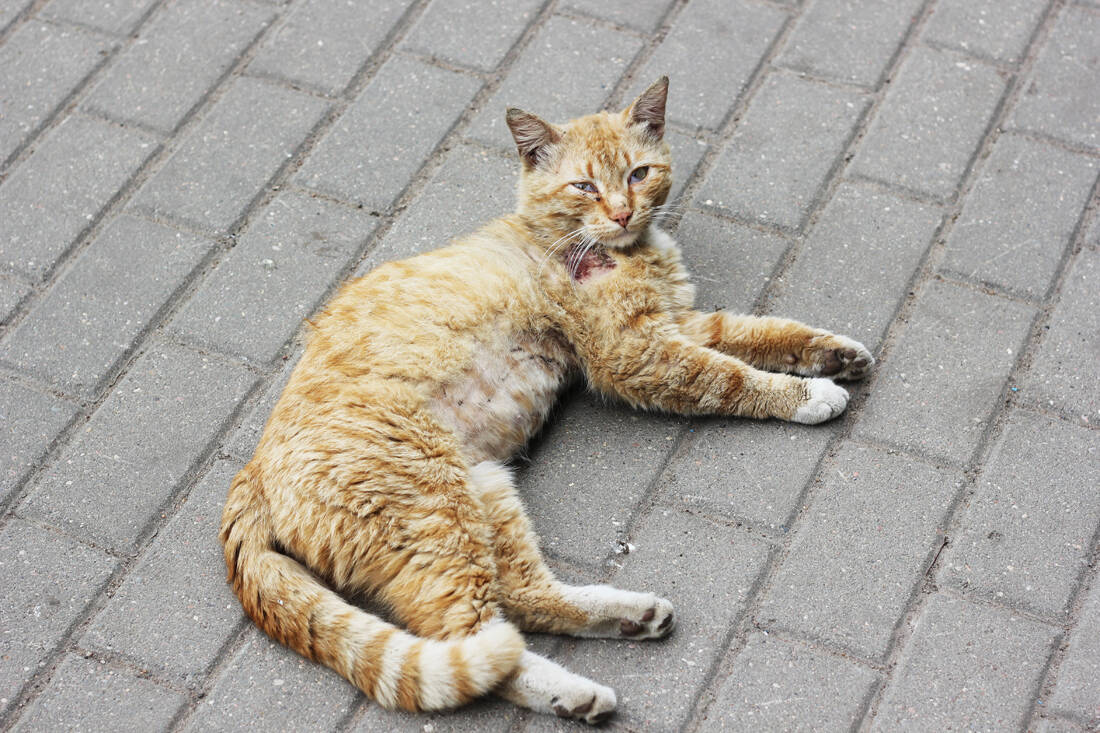
"Key characteristics that we could identify and can compose a person's profile based on international research are the following: limited social skills, difficulty in developing empathy, general difficulty in building relationships of trust, low self-esteem, insecurity, insecurity, and feelings of inadequacy under the law during adolescence (for example, these individuals may have been bullied at school during their adolescence or may have been bullied themselves, may have been involved in gang beatings, drug abuse, theft, and generally had an early involvement with criminal law) "explains and adds:
"We also see a difficulty in managing their emotions, so in some cases through animal torture the perpetrators may want to show their own power and authority."
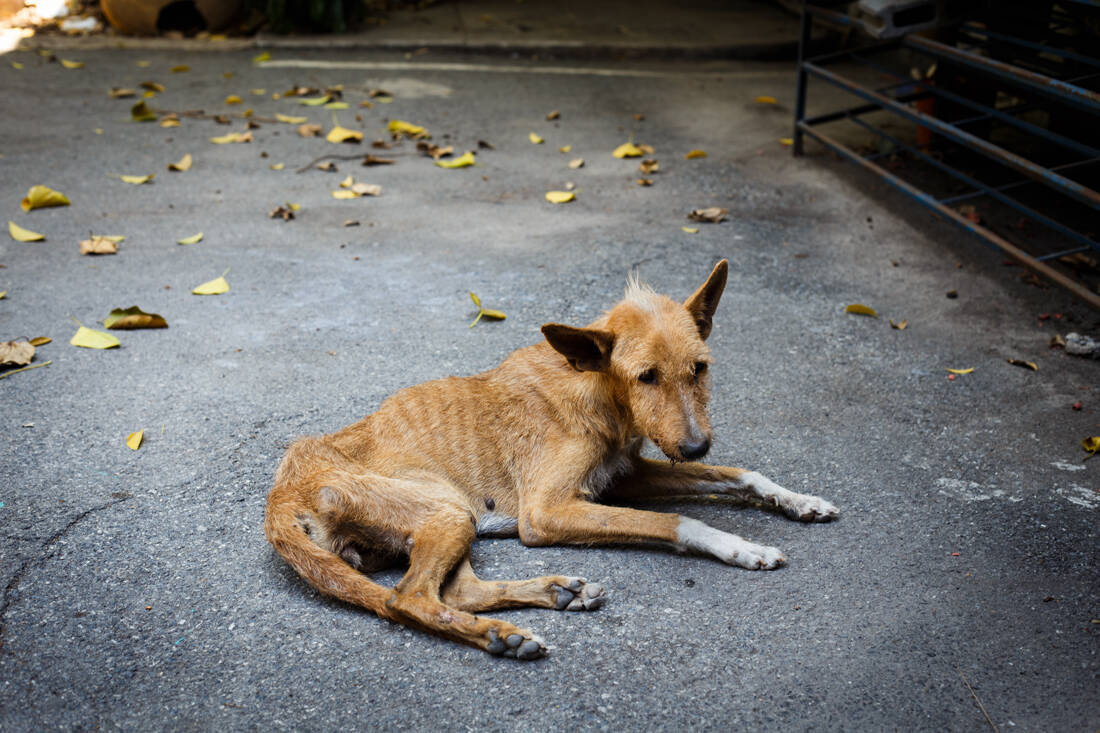
Also of great interest in drawing the profile of the perpetrator is the animal he abuses.
"If he abuses his own animal, if he abuses his ex-pet or if he tortures a neighbor's pet or in general stray animals in the neighborhood. In case the animal abuses a former relationship, the abuse can be a means of revenge for the partner and instead of turning his revenge on the person to hurt him, he turns it towards the animal ", points out Ms. Kardara, noting:
"When he abuses a neighbor's animal, that person can act again in the context of revenge. To do it for punitive reasons or to show that he has the power and control. When he abuses the homeless in the neighborhood in general, we can see an attempt to show this person his dominance within the local community, the neighborhood in which he lives. Each case clearly has its own special features that, as always, must be considered carefully. Forensic typologies are very interesting and give us evidence. However, each time and in each individual case we can not draw effortless conclusions, because in each case there may be many different components that must be considered and they concern both the individual, his personality and some broader factors that must be also to be taken into account ".

"As for the profile of the juvenile perpetrator on which I focus in my forthcoming book, there is an interesting typology to which I refer. However, as we said, the typologies are not followed to the letter, although they give interesting data ", points out Ms. Kardara, dividing the juvenile perpetrators into three categories.
The Experimenter: This category includes minors aged one to six years. These are usually pre-school children who have not yet developed their cognitive maturity to understand that animals have feelings, are in pain and should not be treated as toys.
It may also be the child's first pet or the child may not have the experience due to age or lack of education to care for the animal and understand its needs. On the other hand, the minor may copy adult abusive behaviors, for example the parents themselves may not behave well towards the animal and this may be copied by the minor. Therefore in this case the education of the minor by his parents and at a second level by the teachers is very important and should start from the preschool age.
The Cry-for-Help Abuser: This category includes minors aged 6 to 7 up to 12 years. In these cases children have the maturity to understand the seriousness of their act and that harming animals is not a socially acceptable behavior. Therefore, the abusive behavior that the perpetrator adopts towards animals is not a consequence of the lack of education, as in the previous case, but it is a "cry" for help, a "cry" for the lack of attention and care that minors lack. and it is more likely that this abusive behavior is the symptom of a deeper problem that the minor is facing and in these cases, it is therefore necessary to seek the help of a specialist.
The Conduct - Disordered Abuser: It concerns adolescents 12 years and older, who in addition to animal abuse are involved in other antisocial and deviant behaviors, such as substance abuse, alcohol abuse, gang membership, conflict with criminal law, etc. In some of these cases, animal abuse is a consequence or is combined with participation in a divergent group of peers, either as a kind of initiation rite or as a way to satisfy the minor's deeper psychological needs, such as relieving his boredom and achieving a sense of control. Therefore, animal abuse here is only part of a broader deviant or even delinquent behavior.
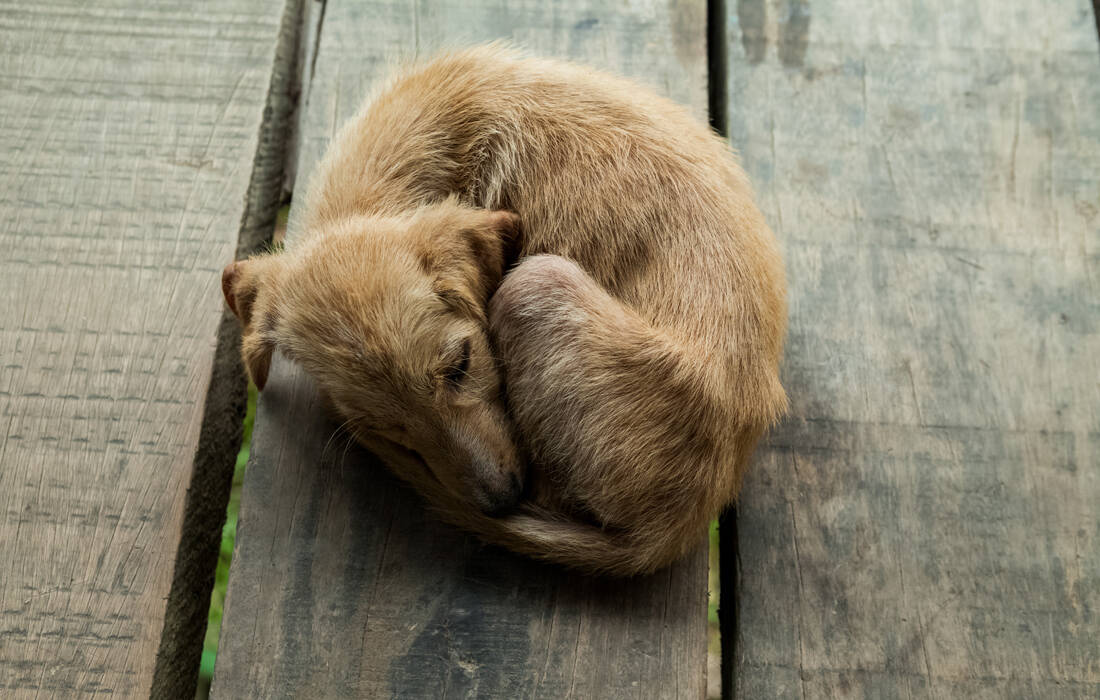
"As one can see, these are very serious situations that need special scientific treatment and timely intervention. The family and the school play an important role, as in many of these cases there is a lack of a supportive family framework which can be crucial both in terms of strengthening prevention and early intervention before the situation gets out of control. " says Angeliki Kardara.
Can any act of violence against a minor against the animal mean that the minor will be led into a criminal act in his or her adult life? The doctor of the Department of Communication and Mass Media of the University of Athens and a regular scientific associate of the Center for the Study of Crime explains that "it does not imply that it will lead in a lawful way to some criminal activity in adulthood. Especially for very young children, the curiosity and lack of information and education from adults can be aggravating factors for the adoption of an attitude towards the animal. It is therefore a behavior that can be modified with proper education and the child growing up and maturing does not lead to deviant or other delinquent action. But a repetitive behavior, which is adopted for a long time and as the child grows, worries us. It may be a warning sign, but it is important to be evaluated by a specialist in order to protect both the animal and the child himself to help ".
«We as a society cannot be blind to abusive behavior against animals whether they come from adults or minors. Especially when the animal abuser is a minor, I think we should pay even more attention, because in this case we have to aim at a dual purpose, and to protect the animal but also to understand why the minor behaves in this way and to assess the situation. where it is deemed necessary "he points out.
